Triathlon distances explained: Here's everything you need to know
If you're looking for a new challenge, we have a guide to help you get started

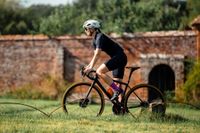
Triathlons are always a popular discipline, owing to the unique mix of disciplines that each requires their own focus, training and equipment.
A triathlon event consists of three different events all linked together - swimming, cycling and running - making it an endurance sport with a twist.
Unsurprisingly there is a lot of crossover between triathlon and cycling, particularly as the bike leg of a triathlon often very closely resembles a time trial, while the swim and run aspects canya help improve performance on the bike.
Elite riders are also very familiar with the benefits of triathlon, as former world TT champion Emma Pooley and former national TT champ Matt Bottrill have both competed at a high level in the discipline.
But it’s not just the time trial that bears similarities, as some triathlon events have also allowed drafting during the ride, making them much more similar to a bunch race, however it’s still the case that most events do no allow drafting, making the cycle an individual event, where aerodynamics meet power.
The British Triathlon Federation (BTF) has an Age Group system, which lets amateurs compete to then go on to National, European and World Championship-level events, acting as a very powerful motivator for aspiring triathletes to climb the ranks
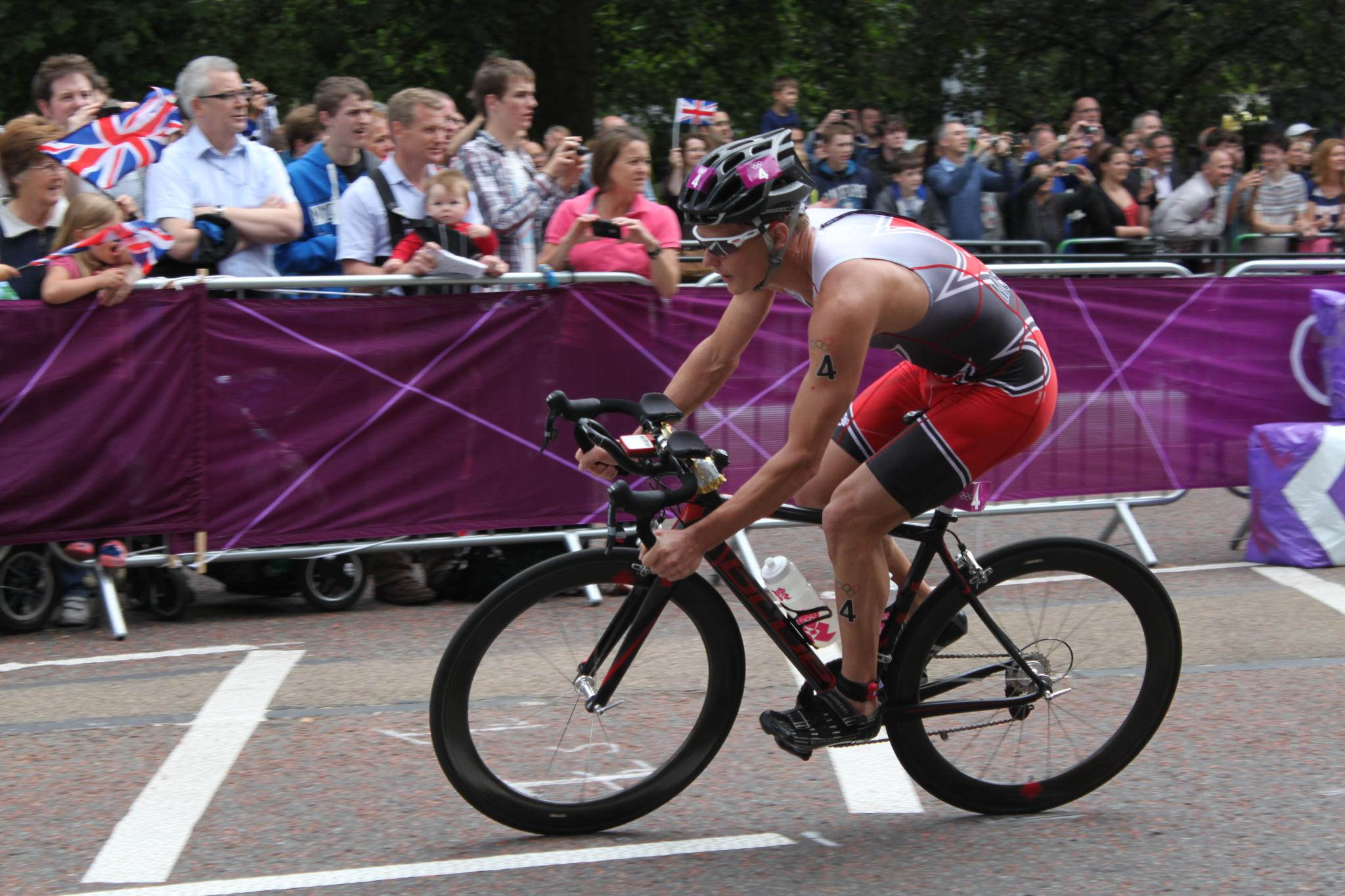
Triathlon distances
Triathlons are comprised of a swim, bike and run leg. There are also Aquathlons (swim and run) and Duathlons (run, bike, run). But let's focus on the three sport option.While, as we mentioned above, a triathlon consists of a swim, bike and run, there are other forms, such as the aquathlon (swim and run), and duathlons (run, bike run), but we’ll be focusing on the traditional format.
The latest race content, interviews, features, reviews and expert buying guides, direct to your inbox!
The distances can often vary, but the chart below gives you an insight into the usual distance options for a triathlon.
| Row 0 - Cell 0 | Swim | Bike | Run |
| Super sprint triathlon | 500m | 10km | 2.5km |
| Sprint triathlon | 750m | 20km | 5km |
| Standard / Olympic distance triathlon | 1.5km | 40km | 10km |
| 70.3/middle/half-Ironman distance | 1.9km | 90km | 21.9km |
| Ironman triathlon | 3.9km | 180km | 42km (marathon) |
Triathlon training
As with time trials and other cycling disciplines, your training will vary greatly depending on the distance of your chosen event. But across all lengths you want to put out a strong time in each leg of your triathlon, so you should try to establish which zone you will be racing in.
Here are a few things to consider that are relevant for all distances:
>>> Training zones: what they are and how to use them
However, some key considerations exist across all distances...
Triathlon swim training
For cyclists, swimming and running are often dreaded words. In swimming, form is essential. You can be as fit as a fiddle, but if your technique is off you could be giving away valuable minutes and seconds come race day. When taking up swimming, some coached sessions early on could help you avoid some common mistakes. Try your local leisure centre for coached swimming classes.
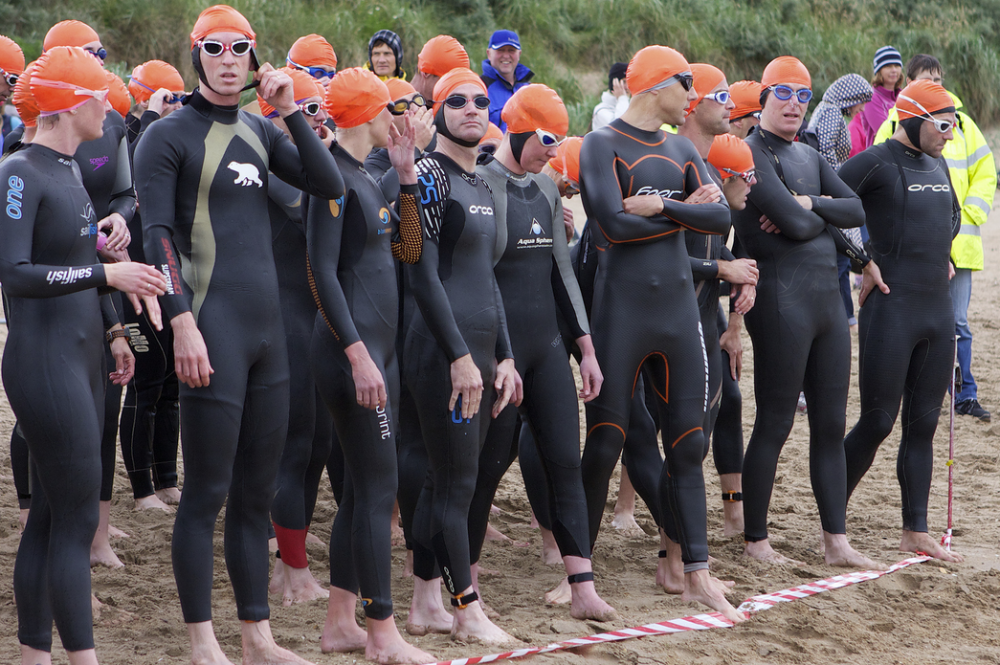
Some shorter events use a pool swim for the race. In this case, tumble turns are not allowed - touch turns only. You'll be seeded largely in speed order, but if you need to pass someone in the race you just tap their toes.
At other events, the swim is in open water. In these cases drafting makes a huge difference - so you want to practice being able to latch on to a fast swimmer and stay there. The start is often described as a 'washing machine' - and it might take a couple of races to get used to this, as well as the cold which can take some acclimatisation.
In an open water event, you'll need to 'sight' - eg make sure you're swimming in the right direction. So practice this by aiming at buoys in a lake or stretch of sea. You'll likely be wearing a wetsuit, which means your legs are more buoyant and therefore the swim is powered largely be your arms - you can practice this by swimming without kicking in the pool.
In short - when it comes to swimming, form is key. And if you're entering an open water triathlon, don't just focus on form and fitness - practice in the open water as the technical skills of sighting and drafting can only really be learned there.
Triathlon bike training
If you come from a cycling background, this might feel like the easy bit. It's also often the longest bit, and therefore the leg during which you can make up the most time.
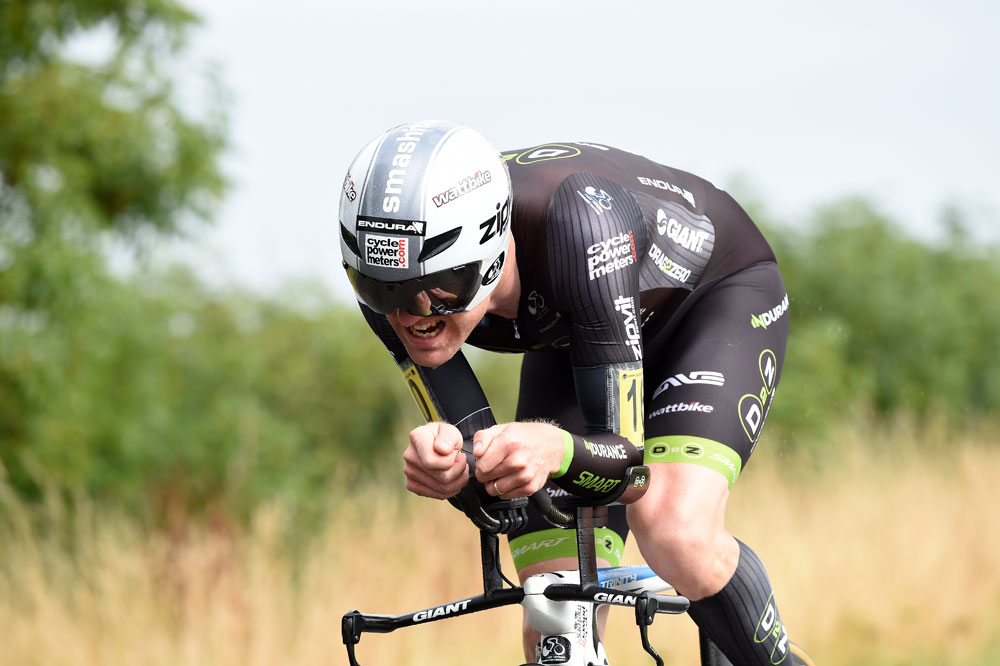
You're training for a steady effort over the distance - so if it's an Olympic distance event (40km/25miles) you're training will look a lot like the preperation a time triallist would use - with sessions like the FTP/threshold focused 2 x 20 minute effort and shorter 4 x 5 minute sessions to boost power.
>>> Best turbo sessions for cyclists
If you're racing a sprint, you'd focus on slightly shorter efforts, and those competing in longer distances might want to think about 2 x 40 or 3 x 20 minute intervals to prepare them for long distances around FTP/threshold.
Triathlon run training
Running is weight bearing - and thus it's the discipline where people are most likely to experience injuries. Therefore, if you're new to running it's important that you build up slowly. Adding a little core strength work into your routine may also help you to stay injury free.
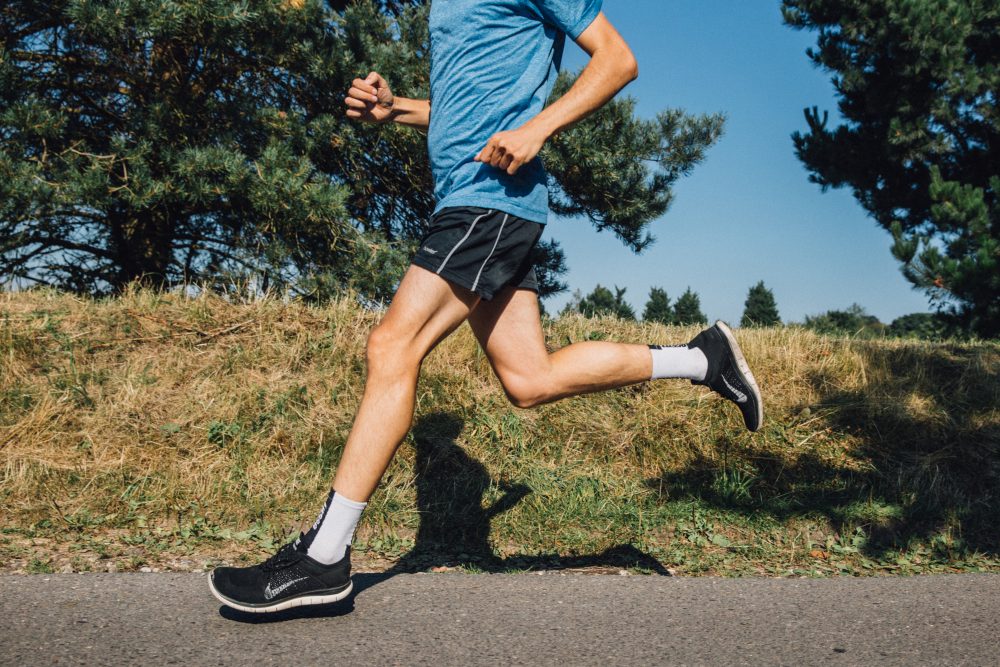
Your run sessions will again vary depending upon your chosen distance.
>>> Which is best: cycling or running?
If you're competing at a Sprint or Olympic distance event then you could benefit from training at an athletics track with a running or triathlon club - they will incorporate intervals on the track into their training and these can really help with leg speed, plus a coach will be able to check your form.
Those competing in longer events will put a focus on the long run - this will be a weekly excursion and you'll aim to gradually increase your distance over time.
Triathlon transition
Often referred to as the fourth discipline of triathlon. Transition is the area between swim and bike, and bike and run.
Competitive triathletes get on to their bike using a 'flying mount' and get off with a 'flying dismount' - this looks a lot like a cyclocross mount/dismount - except the athlete is soaking wet when mounting and the shoes are readily attached to the pedals allowing for a quick get away.
If you're not confident, you're better of just getting on the bike in the normal manner as 20 seconds saved isn't worth the risk of crashing.
The bike to run transition often leaves the racer with a feeling of dead legs. With practice, this feeling will fade - and you can prepare for it with weekly 'Brick Sessions' - this means completing a turbo session and then jumping off the bike and heading out for a run. It'll feel painful at first but with practice your muscles will get used to it - so it's better to prepare in training than wait till race day.
A triathlon training week
Training volume, recovery and focus is personal - there is no typical. And as mentioned, training will vary dramatically depending upon the target distance and the athlete in question.
You'll also want to tailor your training to your strengths and weaknesses - for example, if you're strong on the bike and a weak runner, then the toughest sessions should be run intervals and you can use the bike for recovery.
However, if you're looking for a bit of inspiration, or a very loose idea of a training schedule, this is an example week for an Age Group triathlete in their 20s/30s, training for an Olympic distance triathlon. Of course, volume will vary through the year and taper off before events.
| Monday | Swim session, tempo: 100m, 200m, 300m, 400m, 300m, 200m, 100m | 30 minutes core in the gym |
| Tuesday | Brick session - Bike: 10min warm up, 2 x 20min intervals, Run: 15min | Row 1 - Cell 2 |
| Wednesday | Club swim - 500m warm up, 500m drills (form!), 10 x 100m intervals, 500m cool down | Bike: 10-15 minute warm up, 4x5min effort, 5min recovery, cool down |
| Thursday | Track run - 10-20 min warm up, 12 x 400m intervals, 10-20 min cool down | Row 3 - Cell 2 |
| Friday | Rest | 30 minutes easy core |
| Saturday | Long ride - 2-3 hours | Row 5 - Cell 2 |
| Sunday | Long run - 60 - 90 minutes | Row 6 - Cell 2 |
What do you need to race a triathlon?
Well - how long is a piece of string? You can race a triathlon on an entry level road bike, wearing trainers - or you can spend a fortune on the best triathlon bike, wetsuit and tri-suit money can buy. Here's a look at the key components...
With each product is a ‘Buy Now’ or ‘Best Deal’ link. If you click on this then we may receive a small amount of money from the retailer when you purchase the item. This doesn’t affect the amount you pay.
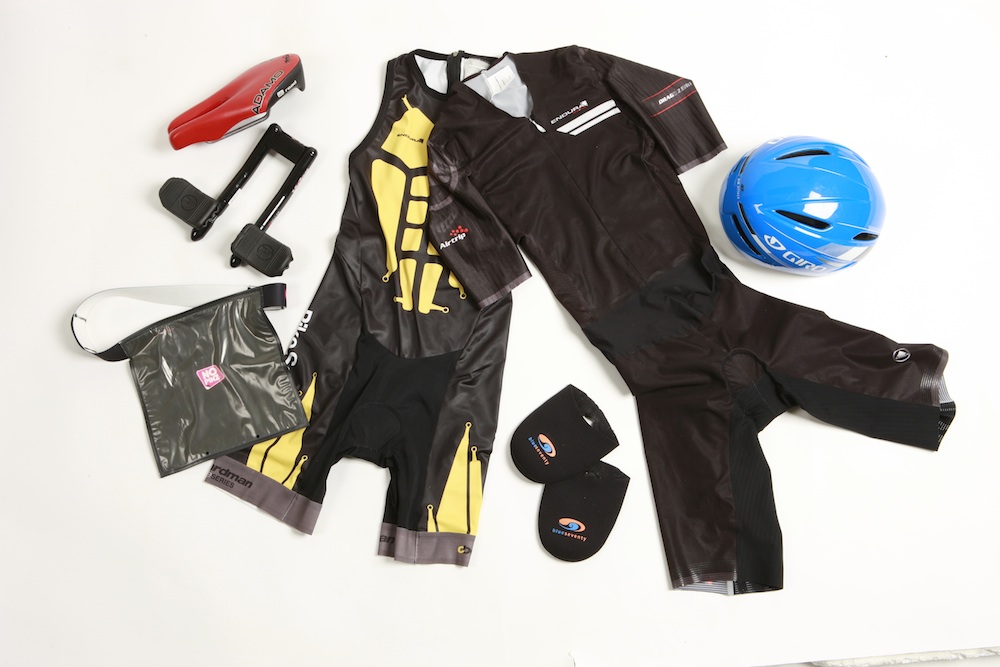
Triathlon suit
What are you supposed to wear for a sport where you swim, bike, and run?
You can choose to wear a swimming costume/swimming shorts during the swim leg, pulling on cycling kit in transition. However, you can save time and be more comfortable by wearing a triathlon suit that is designed to be worn across all disciplines.
>>> Triathlon suits: everything you need to know
Triathlon suits are either sleeveless, or have flexible shoulder panels. They're quick drying, and the chamois is much thinner than that found in cycling shorts - this is more comfortable on the run.
You'll need to display your number throughout the bike and run. If you're putting on layers in transition, this can go on your vest or jersey. If you're wearing a triathlon suit, you can purchase a race belt to attach your number to.
Triathlon bike
You can race a triathlon on any road worthy bike - an entry level entry level road bike will be more than adequate.
In non-drafting events, you can save a lot of time and be more competitive by riding a time trial bike - this gives you a more aerodynamic position.
The in-between option is riding a road bike with clip on aero bars - ideally when fitting these, adjust the rest of your bike, sliding the saddle forwards and dropping the front end to increase the aero gains.
Riding a triathlon bike or using clip on bars increases the amount of pressure place on soft tissue. There are triathlon specific saddles like the noseless ISM, and if you find you're uncomfortable on a normal saddle this could be a worthwhile investment.
>>> Buyer's guide to women's bike saddles
Triathlon helmet
You're not allowed to take your bike from the racking in transition until you've put on your cycling helmet - so a basic lid is a requirement.
You can slice off a little time with a long-tailed time-trial specific helmet - and if you're going to spend cash on a bike then we'd advise you invest here, too, as the time saving can be dramatic.
Triathlon cycling shoes
Even if you are taking part in a short distance triathlon it is highly recommended that you use the best clipless pedals, along with the best cycling shoes. Further, if you want to be at the sharp end of the race you’ll want to consider tri-specific shoes, because you can save minutes on your overall time with swift transitions.
Triathlon cycling shoes are designed to make it easier for you to get your feet in and out of the shoes while riding — they do this by having a single wide strap, large opening and a loop on the heel.
>>> How to cycle with clipless pedals
If you're really serious you can use elastic bands to keep your shoes horizontal for when you race out of the first transition at speed.
Triathlon wetsuit
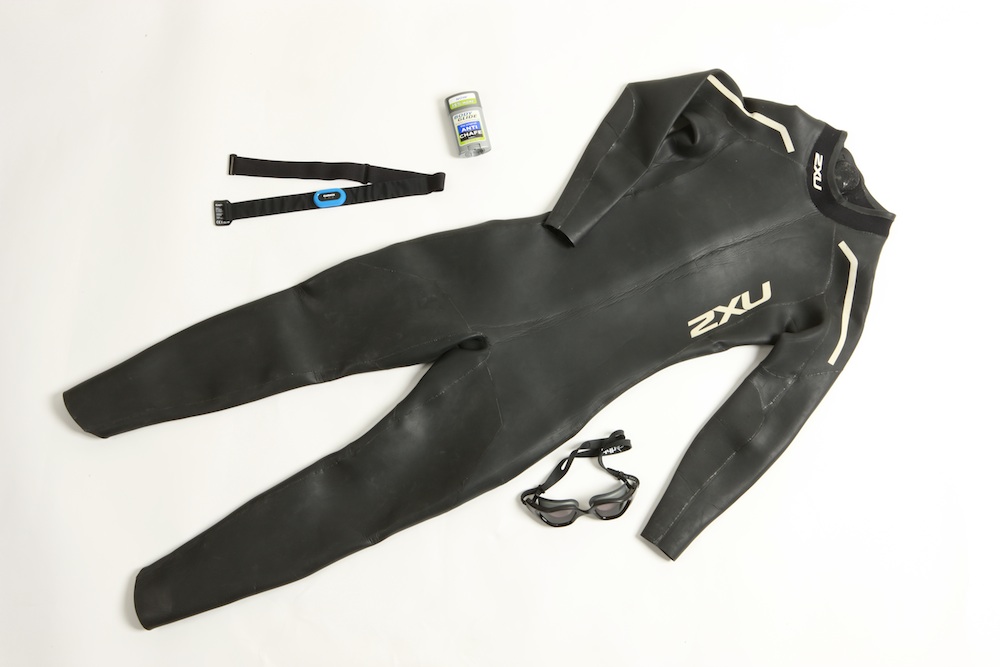
The swim leg, which can be in a pool or in open water, is often the most daunting aspect of a triathlon for cyclists. Having the right equipment will definitely make you feel more confident.
If swimming in open water, subject to water temperature restrictions, you will need to wear a wet suit— a tri-specific wet suit is strongly recommended.
A wet suit could substantially improve your swimming as it increases your buoyancy. Your legs will float more than they would without one - many triathletes rely more on their arms in the open water, saving their legs for the next two legs.
Entry level tri-specific wet suits tend to be made from thicker neoprene, which keeps you warm and more buoyant in the water. More advanced swimmers often opt for wet suits using thinner neoprene, especially around the shoulders, to allow more flexibility.
Wiggle's in house brand, dhb, recently moved into the wetsuit territory and have options available for under £100 for both men and women.
Swimming goggles
A good pair of goggles is essential. You definitely don’t want a pair that leaks or mists up. Though entry level in terms of price, we've had some success with Decathlon's own in house brand Nabaiji. However, it's worth noting that google preferences vary depending upon face shape.
You can get specific open water goggles. The defining feature of these is that they have wider lenses, to allow for greater peripheral vision. If you expect to be swimming on overcast days, clear lenses are best. If bright sun is likely, mirrored lenses will protect your eyes and vision from glare - and you can also get polarised lenses for particularly bright days.
Unless you expect to be off the front, then you'll need to account for the washing-machine-effect of lots of moving arms. With that in mind, soft lenses with rubber around them are a good choice (compared to hard lenses which could hurt if elbowed).
Swim cap
The majority of events provide swim caps, but it is advisable to come prepared with your own good quality cap to keep your head warm. Some people wear a swim cap on their head, then put their goggles on over the top, before using a second swim cap to keep it all in place on an open water swim.
Triathlon running kit
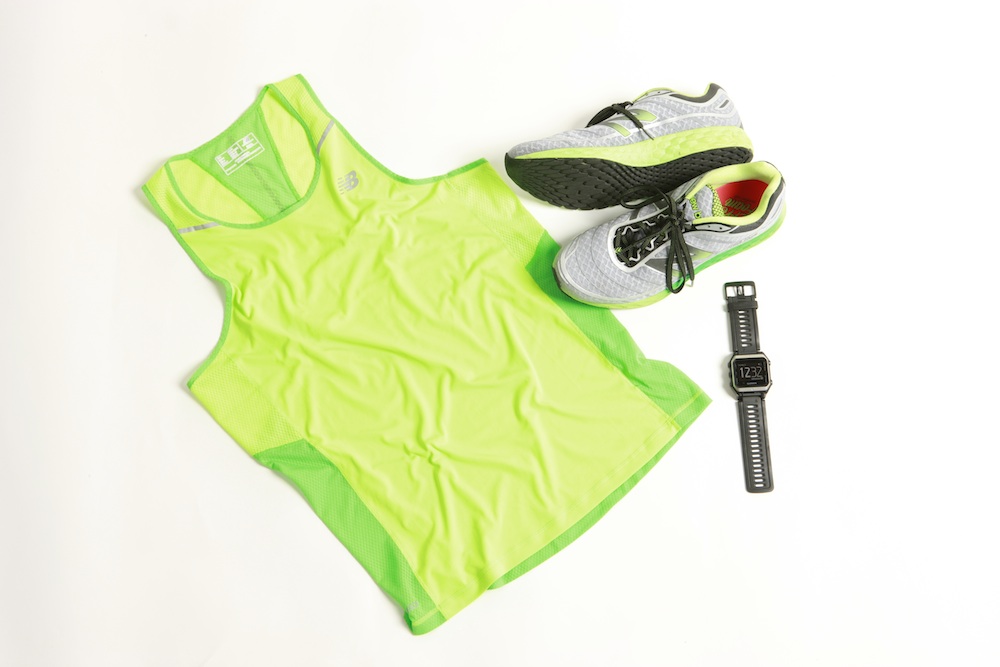
The run is the final challenge. There is a saying that "there is no such thing as a bad run off a good bike", meaning that the skill of a good cycle leg also includes saving enough energy for the run afterwards.
Running shoes
It is highly recommended for you to have suitable trainers for the run, whether it is on tarmac or off-road. As you get more advanced you may want to consider using elastic laces — not spending time doing up your laces is a great way to shave seconds of your overall time.
GPS watch
If you want to track your performance throughout the whole event you might want to buy a multi-sport watch similar to the Garmin Epix.
Running vest/t-shirt
If you do not have a tri-suit, you will need to ensure your torso is covered for the run. You could use a bike jersey or a running vest.
Michelle Arthurs-Brennan the Editor of Cycling Weekly website. An NCTJ qualified traditional journalist by trade, Michelle began her career working for local newspapers. She's worked within the cycling industry since 2012, and joined the Cycling Weekly team in 2017, having previously been Editor at Total Women's Cycling. Prior to welcoming her first daughter in 2022, Michelle raced on the road, track, and in time trials, and still rides as much as she can - albeit a fair proportion indoors, for now.
Michelle is on maternity leave from April 2025 until spring 2026.
